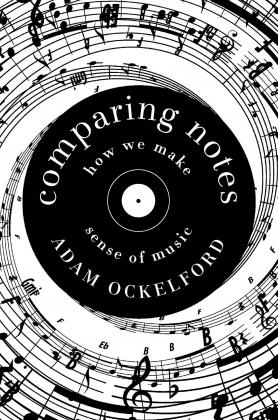
| Format | Hardcover |
| Publication Date | 05/01/18 |
| ISBN | 9781681777443 |
| Trim Size / Pages | 6 x 9 in / 332 |
How does music work? Indeed, what is (or isn’t) music? We are all instinctively musical, but why? Adam Ockelford has the answers.
A tap of the foot, a rush of emotion, the urge to hum a tune; without instruction or training we all respond intuitively to music. Comparing Notes explores what music is, why all of us are musical, and how abstract patterns of sound that might not appear to mean anything can, in fact, be so meaningful.
Taking the reader on a clear and compelling tour of major twentieth century musical theories, Professor Adam Ockelford arrives at his own important psychologically grounded theory of how music works. From pitch and rhythm to dynamics and timbre, he shows how all the elements of music cohere through the principle of imitation to create an abstract narrative in sound that we instinctively grasp, whether listening to Bach or the Beatles.
Authoritative, engaging, and full of wonderful examples from across the musical spectrum, Comparing Notes is essential reading for anyone who’s ever loved a song, sonata, or symphony, and wondered why.
Adam Ockelford is Professor of Music at Roehampton University, where he directs the Applied Music Research Centre. He is the author of In the Key of Genius, a biography of the musical savant Derek Paravicini. A regular on British radio and television, Ockelford’s TED Talk with Paravicini has been viewed over one million times and has been translated into twenty-five languages. A composer and pianist, he lives in London.
Buy it now in print: Amazon Barnes & Noble IndieBound
Buy it now in ebook: Amazon Barnes & Noble Apple Kobo
"A perceptive chronicle of [Ockelford’s] experiences with extraordinary music makers." Nature
"Demystifies an art form, and offers unexpected insights into our pre-verbal past. Ockelford extracts the core ideas from music theory." New Scientist
"There is much to learn from this book. Heartening." The Daily Telegraph